Retail marketing strategy - A complete guide to your retail success in 2021
With the spread of the coronavirus epidemic, customers started to choose online buying over store-based shopping. Brands all across the world have to come up with new strategies and ideas to stay ahead of the competition. The company paid attention to brick-and-mortar establishments, but they also thought about how to make in-person buying accessible throughout the global pandemic.
Over 14% of global retail transactions are conducted through e-commerce. This estimate projects that the percentage will rise to 22% by 2023. But, as the saying goes, “Shops are for people, not for products.”
This consumer-driven world presents us with marketing messages constantly attempting to persuade us to buy one item or another. Challenging retail marketing has become the norm in an era where competition for consumers’ attention is increasing. With all their resources, retail businesses will try to entice customers to click the “buy” button or visit their locations. Brand awareness and trust in your products or services can be increased by developing an efficient retail marketing plan.
What is retail marketing?
A retail marketing process involves developing a strategy to reach and connect with a specific target audience, promoting the products and services to that group, and developing an awareness, trust, and sales goal. Essentially, retail locations empower end customers to locate items they’re searching for and purchase them in one location. But with so many establishments competing for clients, it’s difficult to make a clear impression and be noticed.
Today, a store can sell its products or services in many different ways. Some of these initiatives are completely free of charge, while others need payment. Traditional marketing, such as TV advertisements, billboards, and cold-calling, is another way of promoting their products and services (e.g. Instagram Stories, Facebook Ads, video ads). Having clients notice your business and purchasing from you is possible with everything on this list.
If you want to grow your business, you must make your customers want to go to your store and buy something so that you can raise your sales. To improve your understanding of retail marketing strategy, it is crucial to also focus on the four essential components.
What are the 4Ps in retail marketing?
Your business needs to design an excellent retail marketing plan to find success in this area. Before you begin to think about how you may better your retail company, you must recognize the four critical components. We’re referring specifically to the four Ps of retail marketing: product, place, promotion, and price.
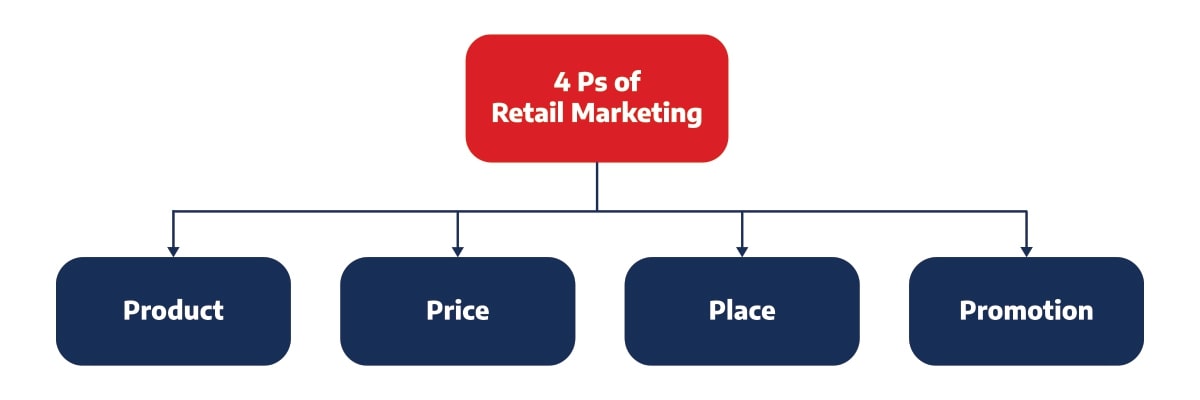
Product
One of the most significant components of a retail establishment is a product. Before running a marketing campaign, you must first have a product to sell. It’s crucial to have merchandise if you want to draw customers.
There are two types of items available for sale in your retail locations. Durable products, such as appliances or electronics, are known as durable goods. Next, soft products, such as apparel or cosmetics, come into play. While you may offer a blend of these styles, or select just one, you can certainly do that.
Buyers must be made aware of the things they sell. Customers may hear about your business and items through word-of-mouth communication or paid advertising. However, it is essential to know they first learn about your company and goods.
Price
To effectively promote your products, you must advertise the price of your products. Although only 15% of customers report using retail outlets for product research, 78% spend a significant amount of time researching products and brands online. When this is the case, it implies that they are reviewing pricing across many companies before settling on a business to do business with. Remain as clear as possible!
The value of the product must be reflected in the price of the product. However, bear in mind the expenses of the supply, discounts, and your competitors’ prices, too. If the thing they are selling has a perceived value, marketers can decide when and if discounting is appropriate. When you sell items at a discount, it will pull in more customers and lead to website traffic and more sales.
Place
A third component is a location that references where your products or services are being sold, whether that be a marketplace, platform, or a specific marketing channel. If your clients cannot access your top things, you will be at a disadvantage no matter how great your items are. Location is key when it comes to increasing sales for your goods.
Visitors to your store should see the products in a prominent location. If you put it in a storefront where it can attract customers and encourage them to come in, then of course it should be featured in the store’s display. To help you promote the product, you can include it on your e-commerce website and use social media to notify your customers about it.
Promotion
When it comes to retail marketing, promoting is the last step. The retailer is constantly promoting their items or services by using advertising. A lot of times, creating a desire in your target audience and then making them excited about what you have to give is all you need to do.
Promotion can include traditional advertising, as well as promotion through influencers. It involves using the internet and offline resources to help your business stand out and grow your consumer base. A good strategy to promote your work is to first find out who your customers are, and then use that information to learn how to best appeal to them.
Benefits of a retail marketing strategy
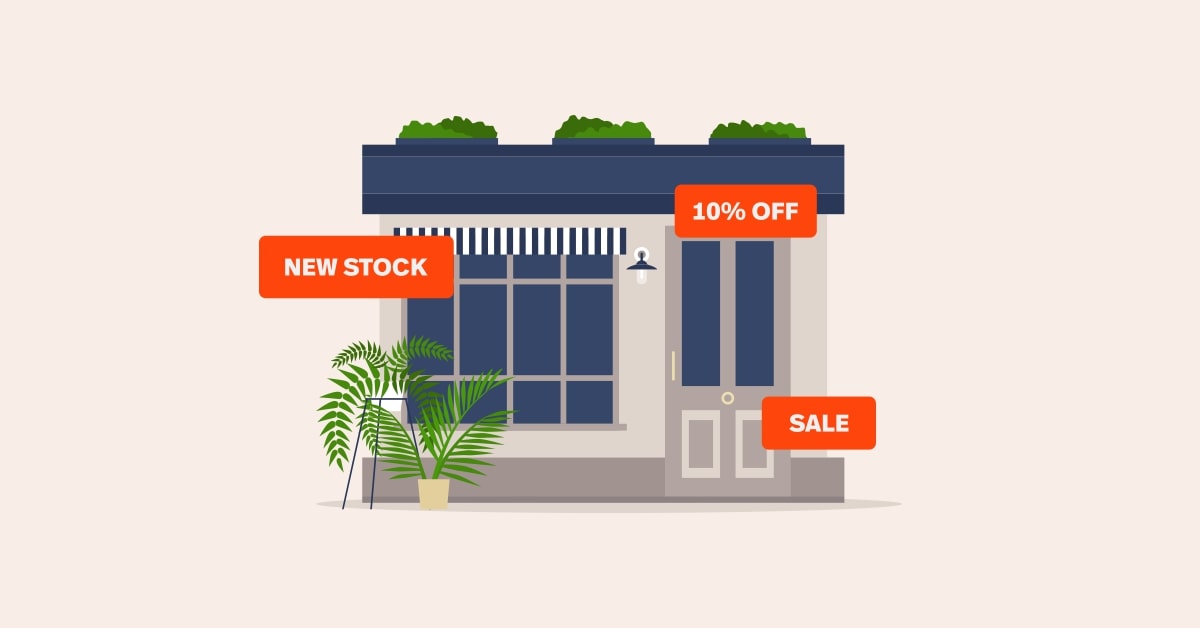
Personal interaction
Personal interaction is important in retail marketing, and most other forms of marketing lack this. Clients can experience numerous degrees of personal involvement, which can lead to long-term connections with the brand. A solid customer relationship is critical to future sales, and accounts for a large proportion of why customers choose your products or services over competitors’. To ensure that your company utilizes its retail marketing potential, employee training and careful hiring are essential.
In-time control
Because retail marketing is more flexible, adjustable, and customizable to suit the unique customer and the situation, it is easier to regulate, fine-tune, and customize. As the market and the conditions change, retail marketing can alter significantly from one day to the next. When promotion items don’t sell, you can transform them into a giveaway. This has succeeded in getting the widgets to move, which in turn has boosted your overall sales results.
Real customers
The greatest advantage of retail marketing is that it draws customers to you. The more effort consumers put into looking for items and services in a given store, the more interested they are in the store’s products and services. Once you have determined who your customers are, the challenge of promoting additional items and services becomes that much easier. Retail marketing allows you to expand interest in your goods into repeat sales.
Loyalty rewards
In-store promotions and long-term prizes that keep customers committed now and into the future are used in loyalty programs. Let’s provide an example. Store rewards cards frequently provide exceptional prices for every item purchased and the opportunity to take advantage of special sales that members don’t have access to. Reward structures like this have the dual benefit of increasing sales while also keeping your brand in the public’s mind.
How to build an overall retail marketing strategy
1. Describe your brand positioning

Once you have developed a strategy for how your store stands out from other stores, your marketing efforts will be complete. Checking your brand positioning, such as if you’re selling high-end or low-end products, is a good way to construct your positioning statement. Before you write this piece, you may need to chat to or survey customers to learn how they see your store.
2. Determine the target market

When researching your customers, see where they live, how much they spend, and how they heard about your business. The characteristics listed below assist you to determine the best approaches to market to customers. You might, for instance, elect to employ mobile ads to target younger buyers, whereas print and direct mail ads continue to target an older demographic that is yet to shift their research online.
You may obtain a deeper knowledge of your clients by asking these questions:
- Why did you decide to come here today?
- What do you hope to accomplish with your product, X?
- How have you struggled with problem Y?
You will want to find out what the customer’s demands are when doing an online questionnaire. You also want to know which purchasing funnel stage they’re in if you have a more pricey, more time-consuming product. It allows you to tweak your messaging based on your audience.
3. Determine benefits for your audience
Determine why people want to purchase at your store to identify the marketing message you need to send to prospective shoppers. Reasons may include the sorts, varieties, or brands of products you offer. Or, shoppers may visit your store because of the ambiance your store offers, such as indirect lighting, instructional displays, and the merchandising strategies you employ to display products. If you offer new products often or update your merchandising displays frequently, this may be another reason consumers visit your business.
4. Meet customers’ needs
It’s one thing to know what your people want and why they want it. It is another matter to support someone by providing the proper goods and services. For example, company Acme Inc.’s clients want a stronger, softer, and shiner beard and hope to attain that by using natural organic products. A product with plenty of preservatives and chemicals would be antithetical to that. Even if it helped them reach their major purpose, it wouldn’t be attractive to them.
Part of the preliminary work for retail marketing entails making sure you have the correct products for the market you’re reaching. If you don’t, you can modify the product or change the audience. Neither choice is optimal once you’ve launched, so focus on developing a good base.
5. Provide location with convenience and accessibility

Another element of the retail marketing game is being where your buyers can simply find and access your merchandise. A confusing layout, poor product discovery, and lack of assistance will hinder your marketing efforts. It would be hard to do business with you. Unless you’re one of a kind in every respect, people won’t work too hard to give you their cash. The key is to make sure consumers can find your products and services readily and conveniently before you begin any ads.
6. Decide on tactics
Whether customers use the Internet or other promotional efforts to learn about your store’s offerings depends on your advertising strategies. A mix of digital and traditional promotional approaches works best if you reach a variety of target markets. According to Forbes, these techniques need to involve developing a website and optimizing your site so consumers learn more about your business through online searches. Other promotional strategies include advertising in local periodicals and direct mail to address specific target markets with promotional incentives.
7. Set a Budget and Schedule
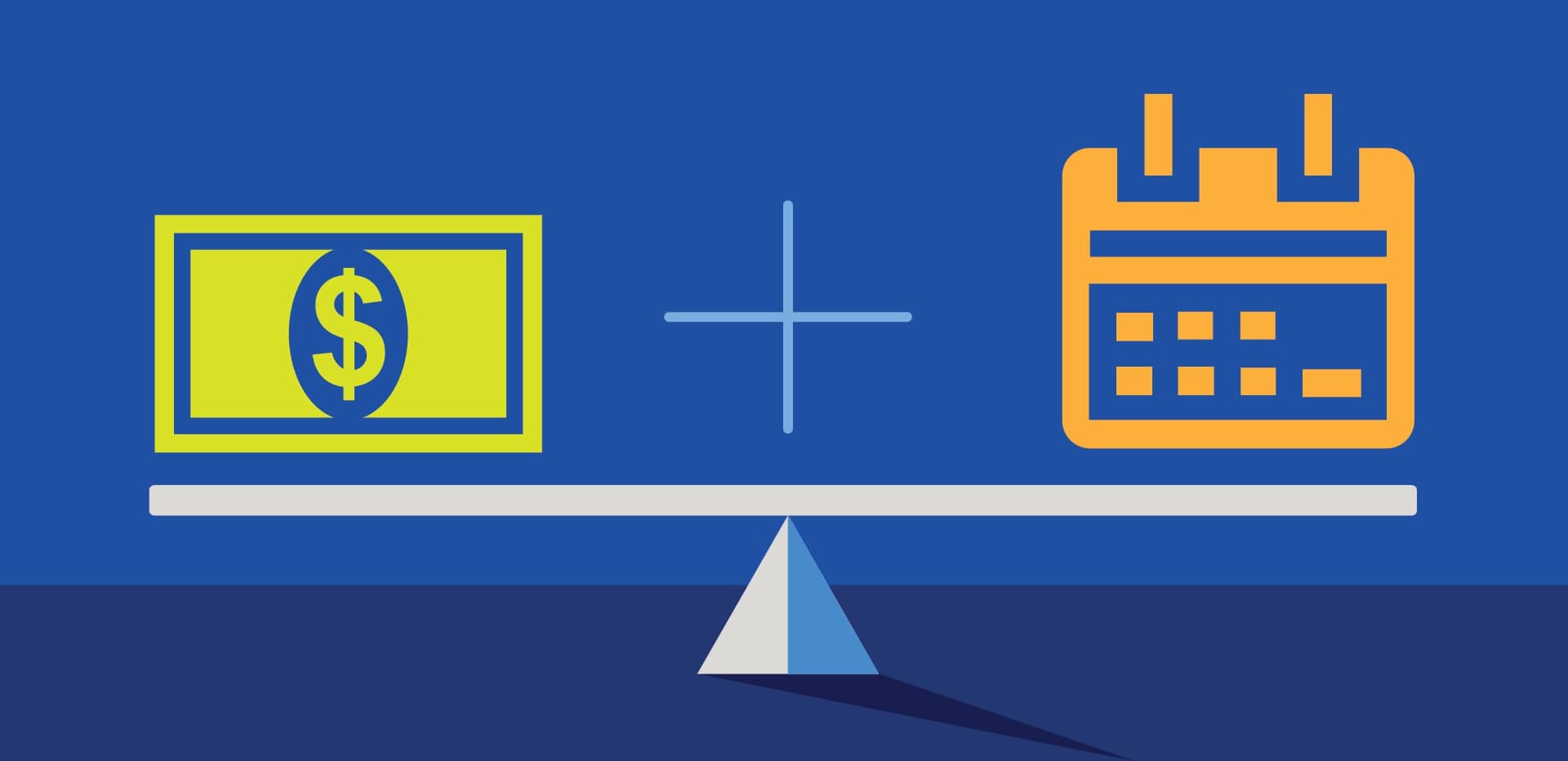
Creating an efficient marketing strategy entails defining a budget to pay for all of your marketing tasks. The Small Business Administration suggests that as a general guideline if your store produces less than $5 million yearly, you should budget 7 to 8 percent of your forecasted income to marketing. Finally, get a calendar and organize your marketing activities for the upcoming week, and identify who will be responsible for making them happen to benefit your retail operation.
9 best retail marketing strategies to help your business thrive
1. Make full use of your assets
One of the first things you should do before looking into retail marketing strategies is to capitalize on your company’s strengths. It is likely that your store is running, which gives you several resources to use in your marketing strategy.
Your merchandise
Attracting and converting clients is best done by wooing them with awe-inspiring merchandise. Ensure that you always have the right supplies on hand. When you have the correct merchandise, consider using creative display methods to increase the visibility of your items.
“Lakefront property” is the first step to property ownership. This is the store’s revenue-generating area. Products located in this section should be new, high-margin, and high-demand items, rather than low-demand, everyday goods that should be kept in the back of the store. Of the 90% of consumers that enter a store and gaze or turn to the right, the importance of merchandising the Lake Front Property cannot be overstated.
Your curbside and window
You have loads of options with your windows and curbside to entice new consumers, so make the most of those opportunities. With a new Window display, it’s important to change things up and maintain your displays up to date at least once a month. You should plan to do the shopping a couple of times a month or weekly during major shopping seasons like the holidays. No two retail stores are the same, which means certain design tips may work better for some retail locations than others.
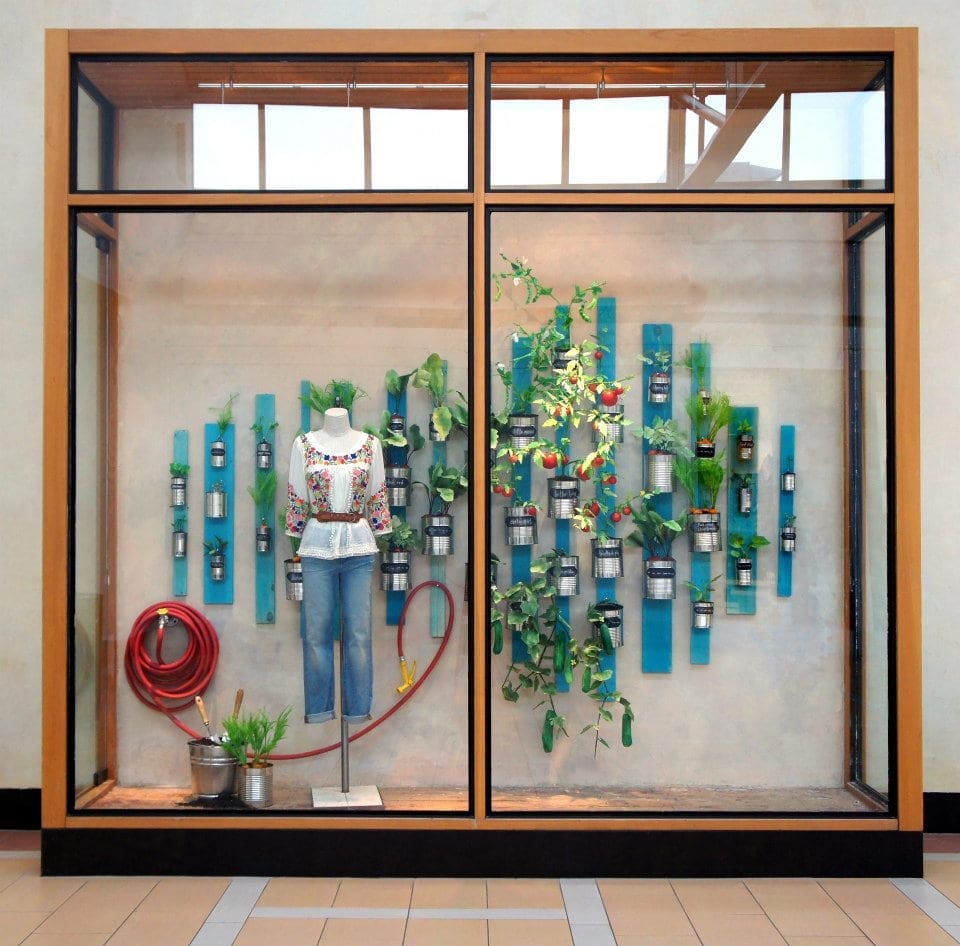
Zero in on your target clients and build your displays with them in mind. Lawns don’t go without curb-side as well. Besides maintaining the overall appearance of the workspace, think about adding extra curbsides.
Your employees
The best marketers are your employees. Engagement and motivation are vital to ensure that students don’t fall behind. Making this happen begins with employing the best individuals and giving them good treatment. Competitive remuneration, training, and being a great place to work are all things to consider when offering employees incentives. To lead to a happier workforce and improved shopping experiences, use these methods.
2. Provide customers with reward
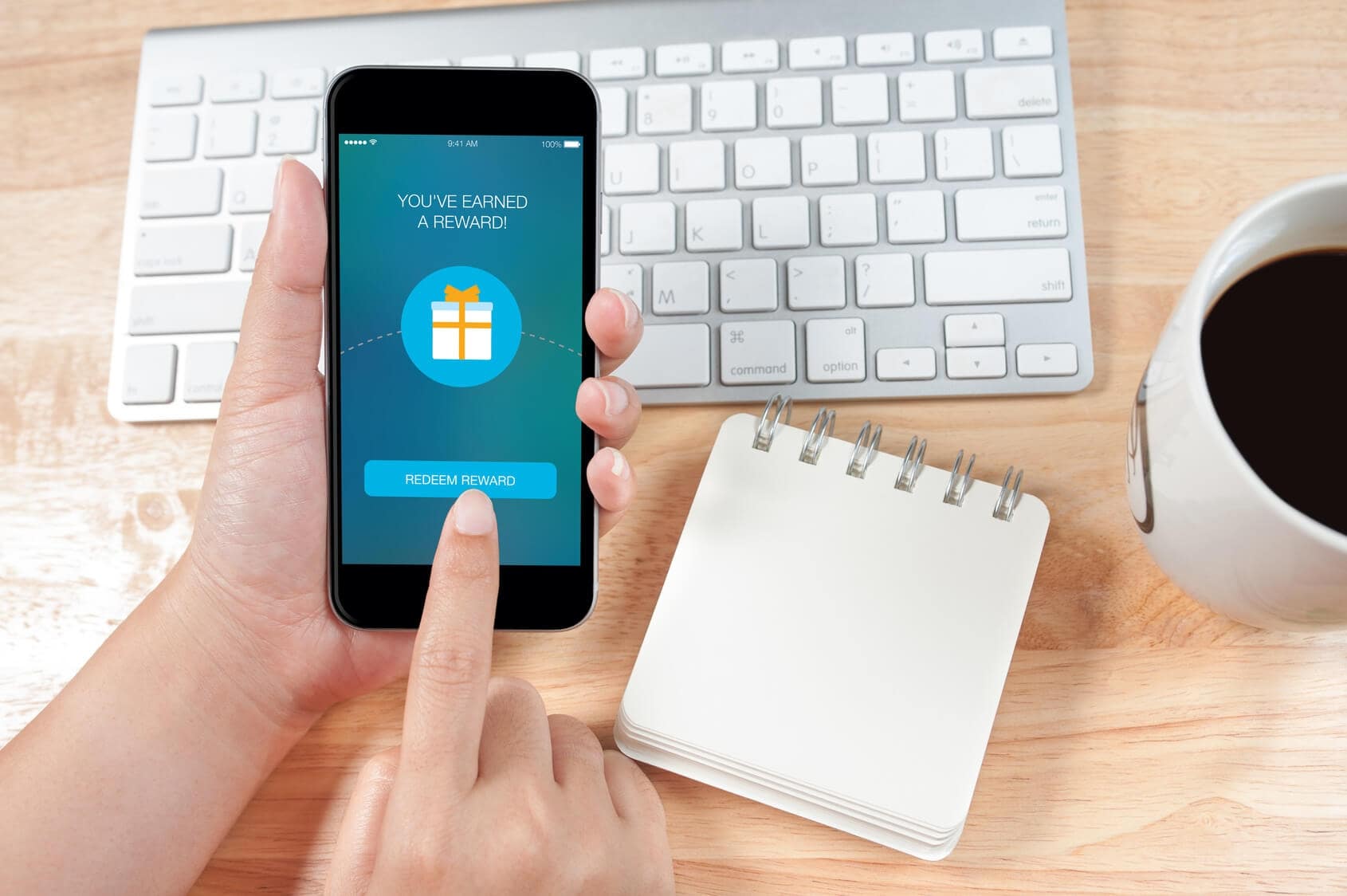
Many customers expect from you as though they are receiving a good deal when they make a purchase. However, discounting or lowering prices doesn’t increase loyalty for brands. Instead, they go after those customers who are interested in a cheaper price, and it impacts the overall margins in the long run. You can entice them to buy something if you give them a prize. Instead of trying to encourage unmotivated customers to be more active, the use of a program that compensates shoppers for doing activities they are already doing in the store, such as strolling the aisles, increases involvement.
Rewarding users who actively participate in store-specific treasure hunts, scan products’ barcodes, and engage with products on shelves will be effective in drawing in new customers. These reward points can be used to obtain gift cards, which encourages consumers to make even more purchases.
3. Scale with social media
Social media for retail, in general, can be divided into three main platforms: Facebook, Instagram, and Pinterest. Because of this, retailers will benefit greatly from using these networks. There is an additional benefit to being on Pinterest because individuals use it especially to conduct research before purchasing something.
You can create a Facebook group if you first create a Facebook Page. Think of Facebook Groups as meeting places for your most active consumers and fans. With a Facebook Group, your consumers may engage with one other, while you can promote your products and services. It’s not a good location to use to boost your company.
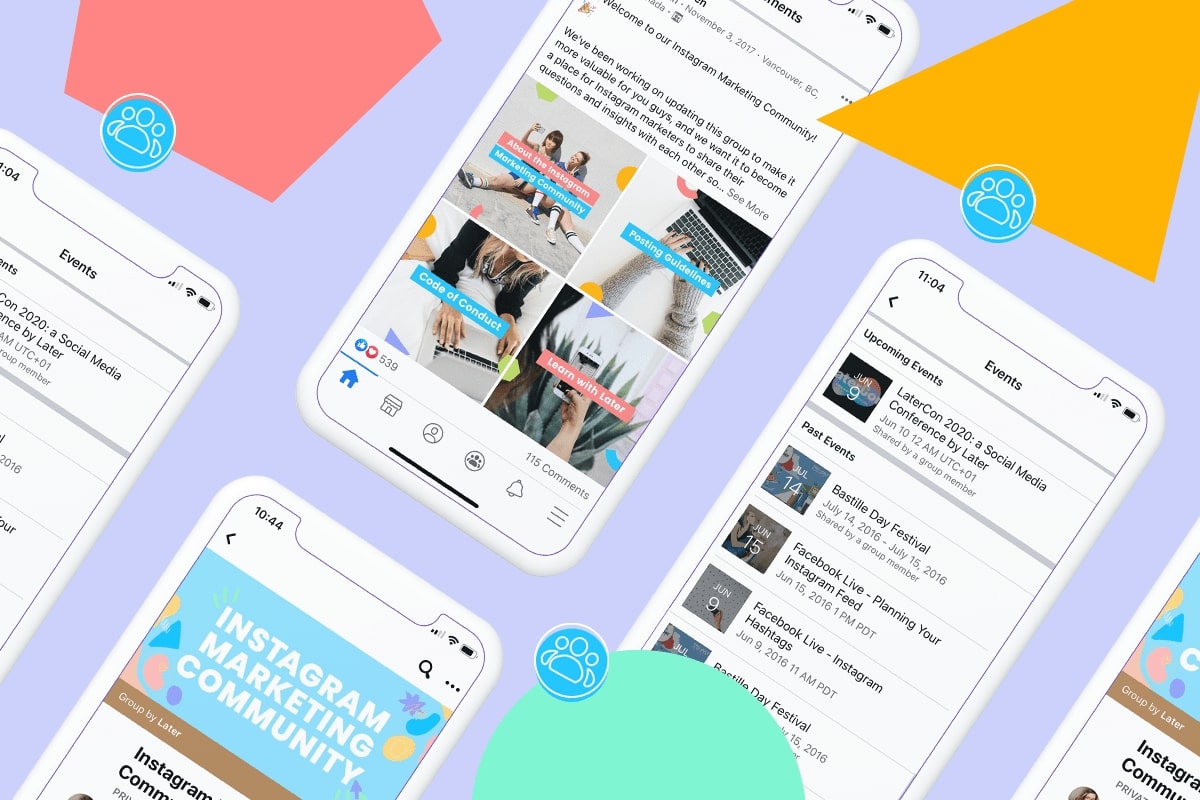
To even reach your target demographic, you will need to use Facebook ads. Facebook offers several types of advertising with extensive targeting features, so you can hone in on your exact audience. When testing different advertising solutions, measure the results, and track the results. Count the numbers, then use the findings to evaluate your ROI. By understanding which ads work best for you, as well as the associated costs, you will be able to choose the best strategy for your Facebook marketing campaign.
With Instagram, you can beautifully and neatly curate your visual content. Do not post randomly on Instagram. You must establish a clear brand visual so when someone visits your profile, they understand your brand.
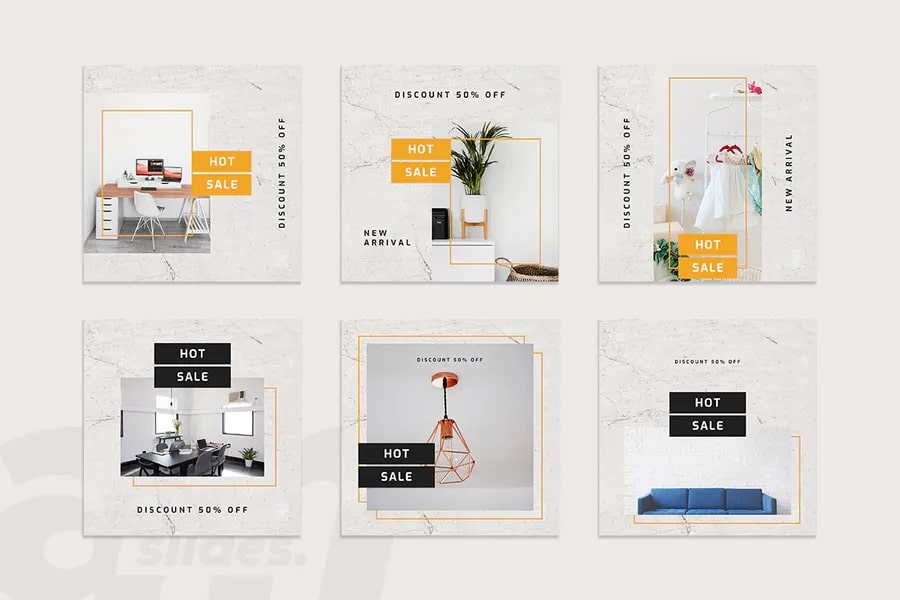
If you want to think about your brand aesthetic, devote time to it. Consider whether you want your brand to make a positive or negative first impression. Find the solution, then think of creative ways to turn your response into reality on your Instagram account.
In addition, you should take advantage of Instagram Stories extensively. People believe Instagram Stories to be more spontaneous and less edited than regular posts. Using them allows customers to see glimpses of your store from the perspective of the staff or to highlight new products. On the other hand, Instagram Stories gives you the option to make a few permanent additions to your profile for your consumers to see.
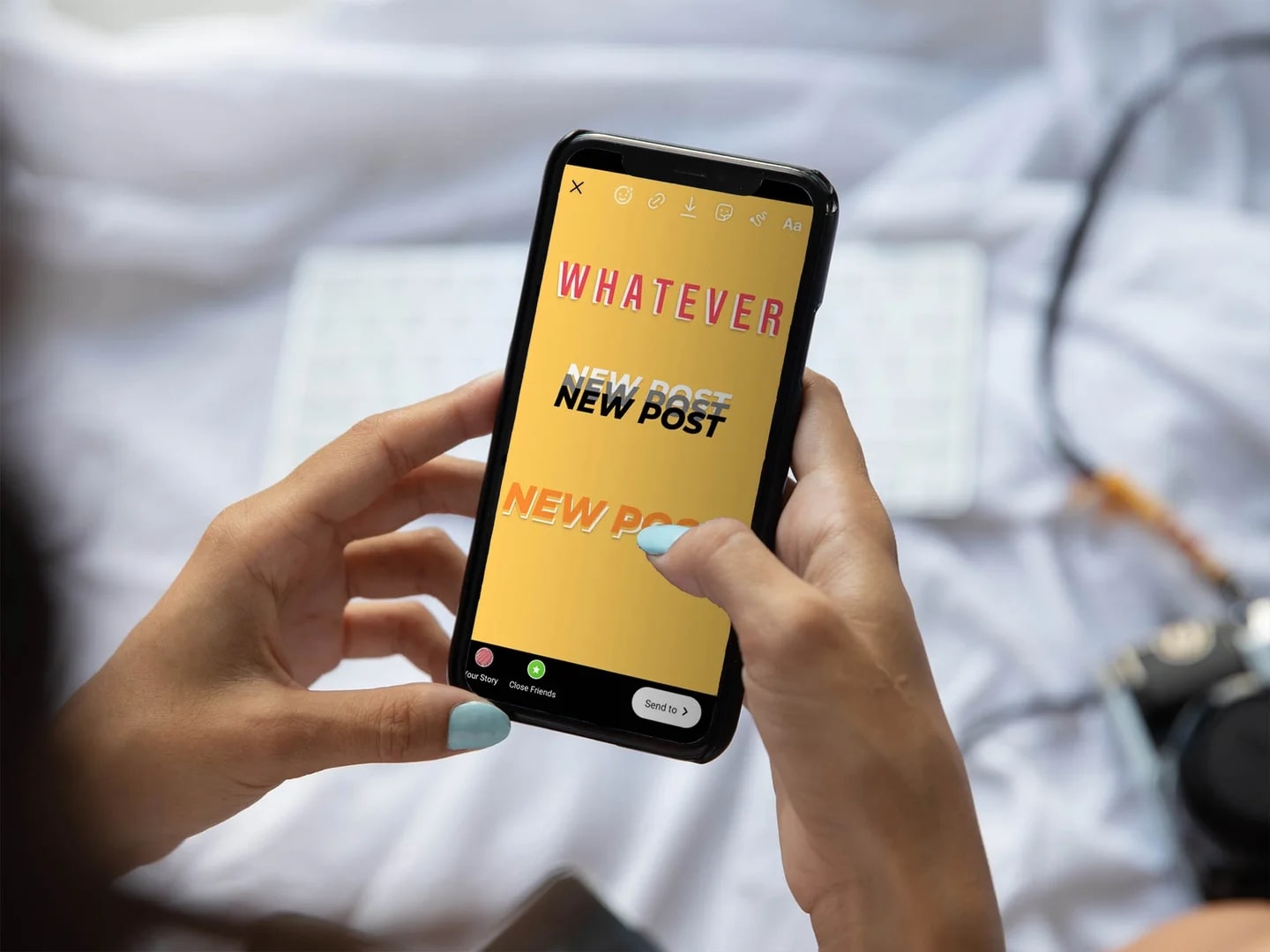
Get the most exposure by analyzing trending hashtags related to your brand and using them to bring attention to your images. Instead of having the hashtags you’ve used appear in the caption, insert the hashtags after you’ve posted the picture, and then remark on them. If we leave the hashtags out of the caption, it appears cleaner.
Pinterest is like Instagram in that your boards need to be carefully curated. You should design the boards to be as basic and straightforward as possible for your clients to locate the information they seek. Make connections with people, and pin things from their boards to your own.
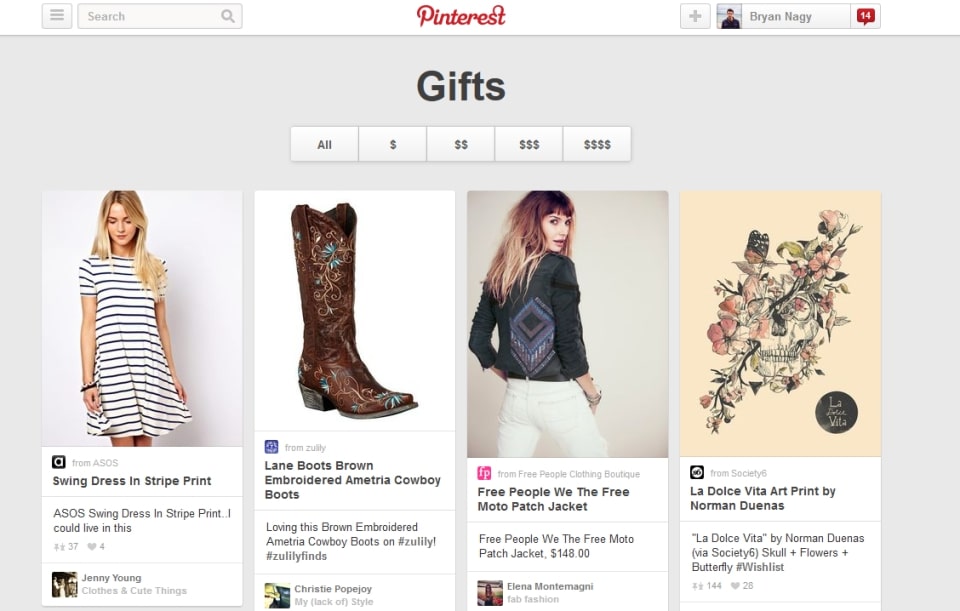
Pinterest’s algorithm is not always swift in surfacing your material. Once you’ve written your material, it can take 6 months for it to start appearing in people’s feeds. The thing that this says is that the pages that will benefit you the most are the ones that get linked to your blog entries. For Pinterest-specific pieces, for example, gift recommendations that help your brand and lead customers to your correct pages year-round, you can also create. When it comes to products, they’ll perform well as Pinterest ads.
4. Use data to Personalize Interactions

Personalized marketing is the ideal way for customers to interact with a company since it caters to their specific interests. Individualized content is created by gathering data voluntarily provided by consumers through surveys or other techniques.
When personalized marketing is used, the domino effect occurs. The brand’s targeted receiver will stay engaged if a more effective message is developed, so loyalty, credibility, and familiarity increase over time, and the recipient is more likely to purchase again. That person is likely to evangelize and encourage others to purchase that brand, as well as to spread the brand’s marketing to their relatives and friends.
5. Leverage email marketing
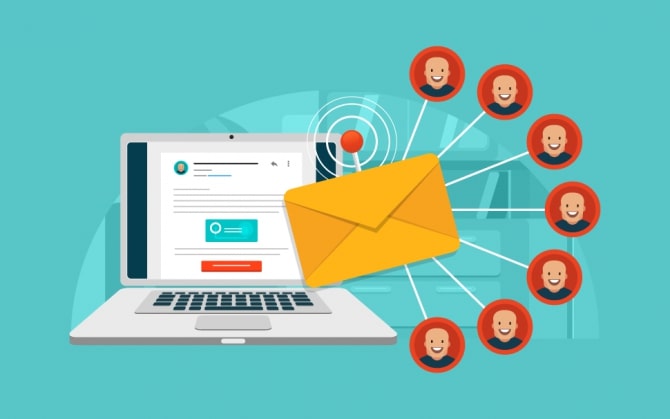
Email marketing has an ROI of 4400%, and still retains the crown as the most effective marketing channel. To attract new customers, you only have to understand email marketing. Segmenting your subscribers who have not yet purchased is the finest use of email marketing to get new consumers. You can then send campaigns to those who have not yet purchased, giving them first-time purchase incentives or gifts.
Another excellent campaign strategy is to email a notification explaining your brand’s story. It will increase brand engagement and excitement about your company’s beliefs. New clients can be gained through email advertising, but this is not the only option.
Besides focusing on short-term results, you should also be considering the long-term prospects of email and content marketing, especially if you send good information with no pushy sales or strings attached. Establishing trust and positioning your brand as an authority increases the likelihood that prospects will trust you and remember you when they’re ready to purchase.
6. Integrate in-store experience with online marketing

According to some retailers, consumers in-store will use their mobile devices to review items, search for extra sizes, and browse things. To take advantage of this, they are making it easier for mobile-savvy customers to exchange information in-store, and then use that data by sending targeted marketing campaigns.
For instance, Fashion retailer Rebecca Minkoff has established a “Save your fitting room session” program, which utilizes displays installed in fitting rooms to help customers save their favorite pieces while in-store and subsequently order them from their mobile device after they leave. A 6-7x increase in sales occurred within 5-6 months after integrating customer data into their in-store, online, and offline channels.
7. Encourage user-generated content
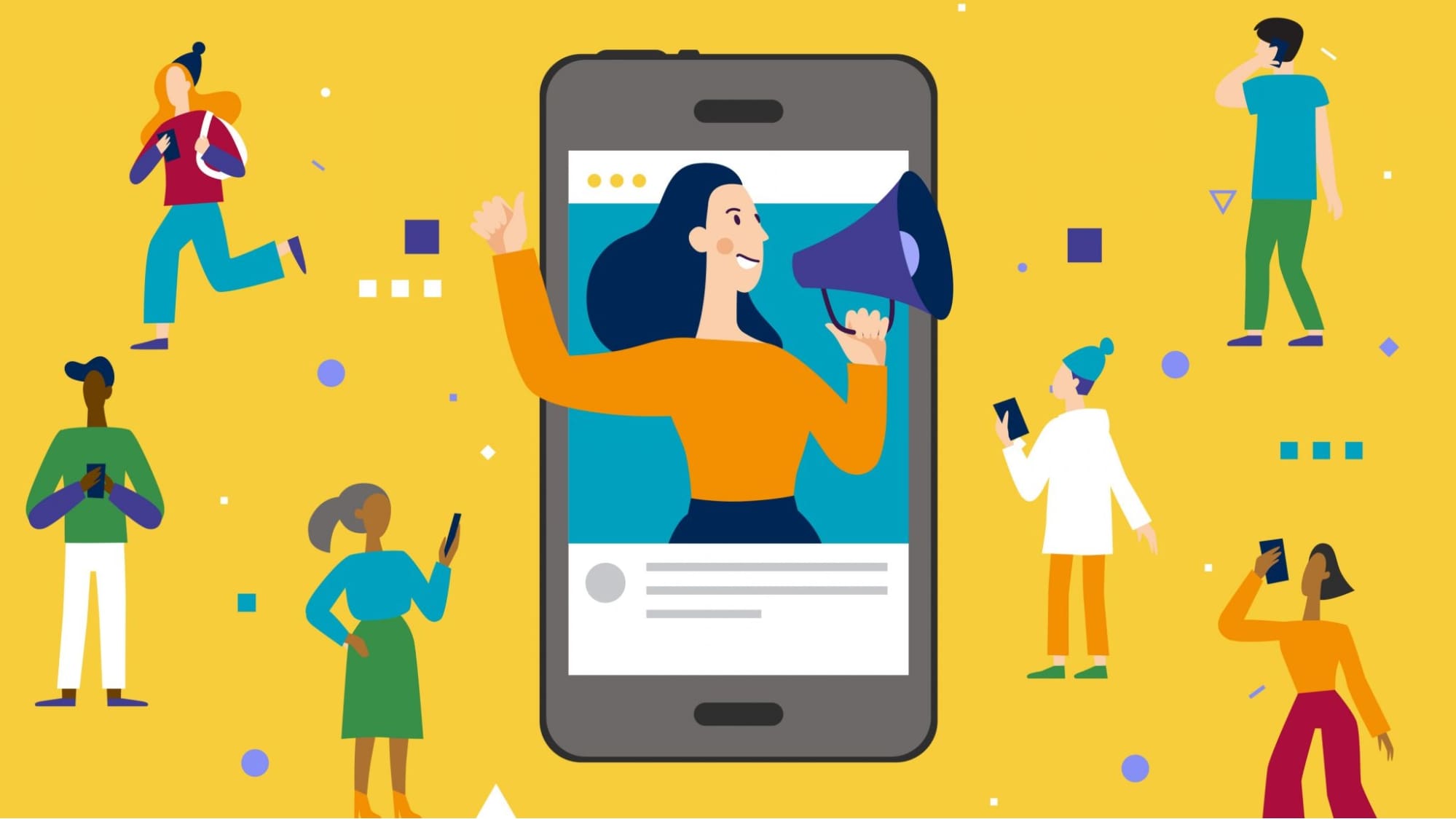
Other retailers are using in-store experiences to empower customers to produce branded content, and then they are incorporating that user-generated material into their products. They’re creating marketing materials that feel more like the real thing and are making use of the sharing feature of social media to reach a considerably wider audience than what would be possible through exclusively internal efforts.
Take the “Wish You Were Here” campaign by Topshop as an example. Eleven days in various places around the world, Topshop allowed people to freestyle and apply makeup to their postcard images, as well as upload it on their personal Instagram and Facebook pages. The participants were also given a printout of the snapshot, which they could take home with them.
8. Try guerilla marketing

While thinking about my physical surroundings, have I ever considered stepping outside of the digital world to test how my ideal audience may benefit from my physical surroundings? Guerrilla marketing is simply that: removing the internet from the equation and promoting your business by leveraging public locations. While traditional marketing can’t be completely supplanted by guerrilla marketing, it may be a fun and unique approach to get your store noticed.
It is impossible to avoid exposure to guerrilla marketing tactics, which is why it is imperative to be creative. It’s impressive, but it’s also pricey… Fortunately, these efforts don’t have to be quite so expensive. Opening a pop-up shop in your friend’s workspace or creating a stunning painting will improve your business identity. Think outside of the box to get the attention of the general population. You will have an amazing story to tell your friends.
9. Understand and plan your seasonal peaks

Retailers might have already anticipated the seasonal sales peaks for their businesses. Retailers must prepare their marketing activities far in advance of these seasonal peaks, whether they be the summer sales, Black Friday, or holiday seasons.
This incorporates elements like altering marketing expenditures, using design in new creative concepts, and running campaigns appropriate to seasonal sales. Planning is crucial when it’s at its busiest because the rivalry often intensifies. As a result, spending money and employing time-saving ad scheduling solutions are essential when planning peaks.
Final Words
Consider the marketing initiatives you’ve seen here, and use them as a model for increasing your retail marketing efforts. Though it may be intimidating for businesses to acquire new clients, techniques like these have proven rather successful for many stores. When you investigate many options and evaluate your findings, you’ll discover what is most effective for your brand.
Also, be aware that this is simply the tip of the iceberg; these retail marketing techniques are just the beginning. Finding new clients is not as difficult as one may think. Test new approaches that assist develop a holistic consumer experience across channels. Promotions, mobile marketing, and events are just a few examples of other things you might do. It is essential to explore several things and see what works before implementing them.
New Posts






